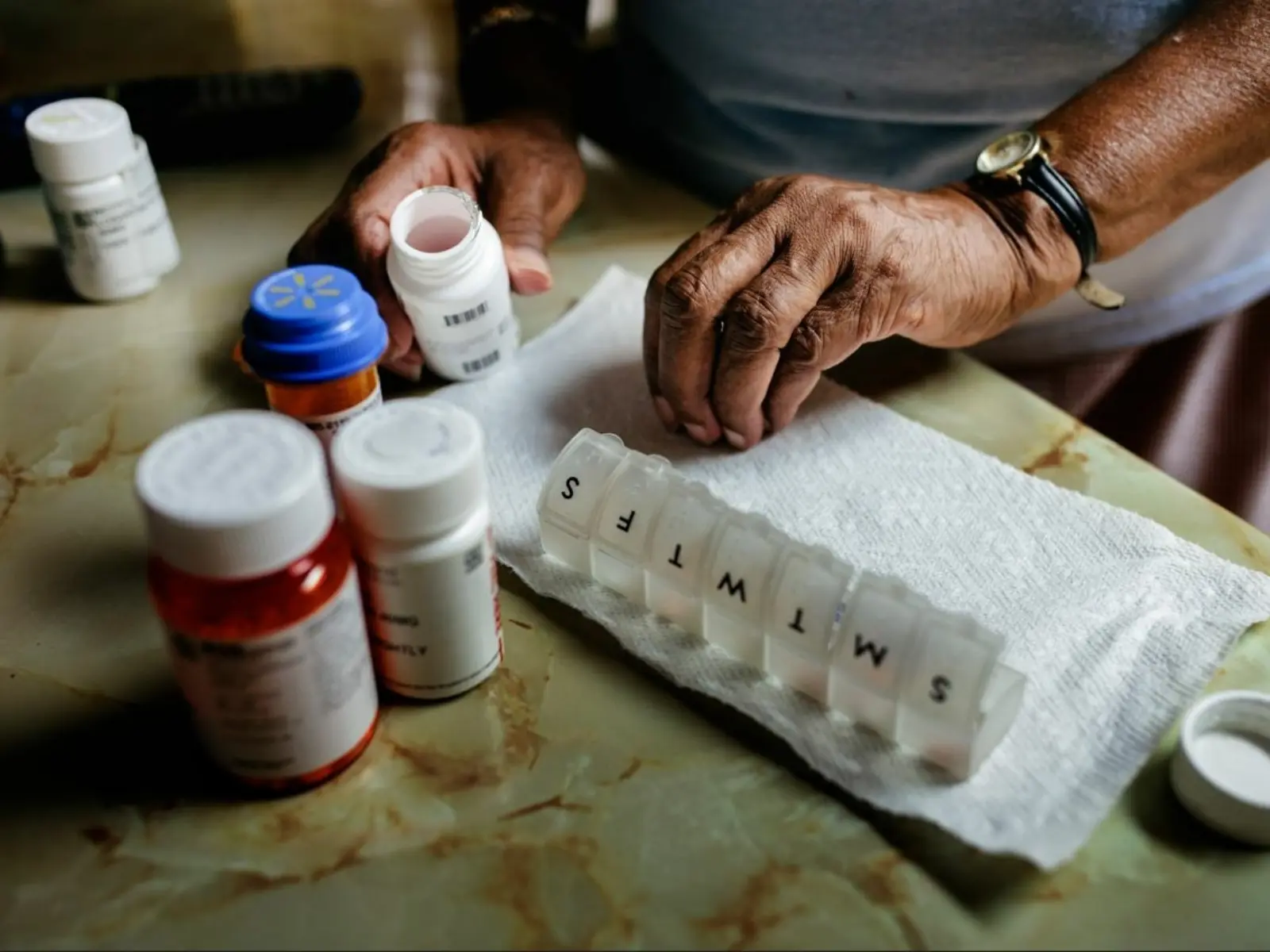Anna Anderson-Cook contributed to this report.
The vast majority of Americans believe that drug prices are too high and want policymakers to take action to lower them. List prices for brand-name drugs are growing much faster than inflation, which can lead to higher out-of-pocket costs for many patients.
There is data transparency for list prices, and we have a good sense of list price growth over time and its effect on patient spending, but list prices are not what health plans and federal programs like Medicare Part D and Medicaid ultimately pay for drugs.
Manufacturers offer payers “rebates” or discounts for their products. A drug’s price after rebates is referred to as its “net price.” Unlike list prices, data on net prices are not readily available to researchers and policymakers by design. They are proprietary to manufacturers and insurers. Yet these data are critical to understanding the impact of drug prices on patients and payers.
To overcome this roadblock, some researchers have turned to SSR Health, a private company that estimates net drug prices by collecting financial reports from drug manufacturers and combining them with other data sources. This creates one of the few datasets available to estimate net drug prices across all payers.
SSR Health data show that brand-name drug net prices are growing, albeit at slower rates than list prices. A recent NBER paper estimated that between 2012 and 2017, list prices of brand-name drugs grew by 12 percent per year while net prices grew at 3 percent per year. Similar work published in JAMA found that, for certain classes of drugs, list prices for brand-name drugs grew by 9.1 percent per year while their net prices grew by 4.5 percent per year between 2007 and 2018.
A challenge for these researchers and others is parsing these trends by payer (e.g. commercial, Medicare Part D, Medicaid). Not all payers generate rebates the same way. For example, Medicaid has very generous statutory protections that guarantee it the best available rebates and limit price growth to inflation. However, commercial plans and Part D operate under different rules and do not result in the same level of rebate levels.
The SSR Health methodology for estimating total rebates across all payers is sound. However, policymakers need to understand net prices by each payer in order to make informed decisions. The methods that SSR Health uses to allocate rebates to each is problematic and make it seem as though commercial payers and Part D are paying much less for drugs over time and that these net prices are growing more slowly than they actually are.
SSR Health ignores critical aspects of Medicaid’s statutory protections in its allocations, which means a significant share of Medicaid’s rebates are allocated to non-Medicaid payers when they should be allocated to Medicaid. Discounts on brand-name drugs in Medicaid are statutorily defined using a formula that accounts for the best discounts given to the commercial sector, or “best price” discount, in addition to an inflation penalty. While SSR Health adjusts for the Medicaid inflation penalty, it does not take into account “best price” discounts. For context, Medicaid’s average rebate in 2015 was as much as 10 percentage points higher than it would be if it did not receive “best price” discounts.
Arnold Ventures recently pointed out these potential pitfalls in a comment to the JAMA paper mentioned earlier, noting that the authors are likely underestimating Medicaid’s rebate (and therefore overestimating other payers’ rebates) by a significant margin.
Arnold Ventures is working with its grantees to improve the way the research community uses SSR Health data to generate more accurate estimates of net prices and their growth. These data are a critical tool in understanding the ever-opaque world of drug prices and rebates. Improving their use in research will help policymakers have a more complete understanding of the market, which is a critical step toward implementing change.

















